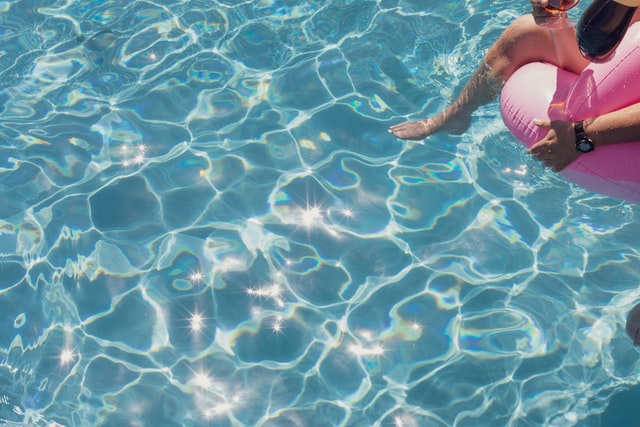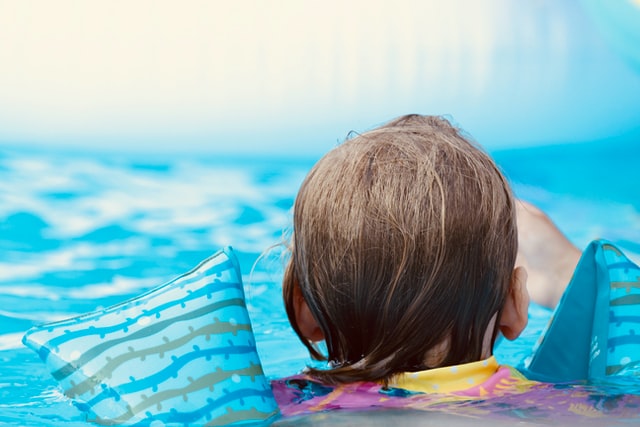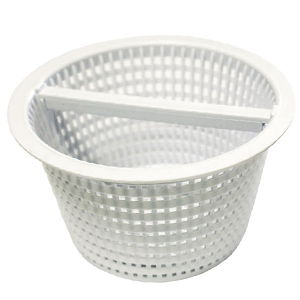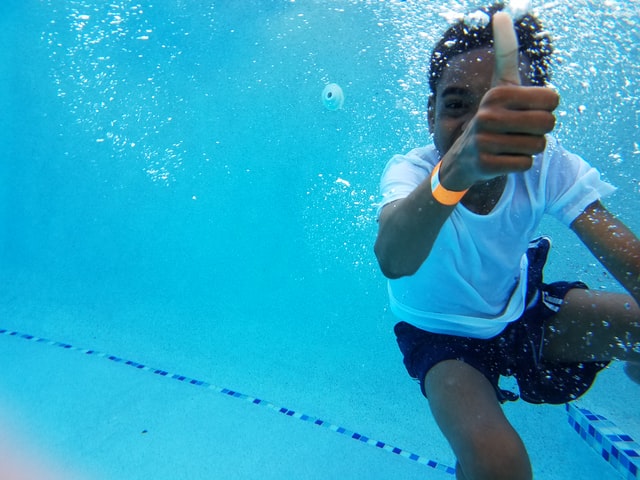Swimming Pool Safety Tips (A Complete Water Safety Checklist for Pool Owners)
Purchasing a new pool in Melbourne is an exciting venture for any homeowner. A new pool can provide endless summers of fun, fitness and relaxation, but are you confident that you know how to keep your friends and family safe around water?
Take a look at our water safety checklist below for some tips on water safety.

Let’s get to know the swimming pool safety facts
According to Water Safety Victoria last year we lost 34 people in Victoria to drowning and there were 100 non-fatal incidents reported last year.
The majority of drownings are unsupervised children, which are easily preventable. Royal Life Saving Australia has stated in the last 25 years we have lost 965 children under 5 in Australia to drownings. Although the number of drowning deaths are declining there are a wide range of strategies we can use to minimise the risk of drownings at home to prevent as many pool drownings as possible.
Always purchase your swimming pool through a SPASA member
It may sound obvious, but the key to a safe pool is hiring an experienced, qualified pool builder. SPASA associated pool builders operate under a strict code of ethics to ensure they are delivering your pool to the current industry standards. They are bound by federal and state legislation to ensure your pool is safe and compliant, preventing any injury or death.
A child can drown in only 10 centimeters of water. It is vital to ensure there are no leaks, the correct equipment is used and the pool has been designed to be safe for children. Wading pools and inflatable pools are often overlooked because they don’t hold a lot of water, but they can still cause a lot of harm and even death if not installed or monitored properly. Have a chat to your local SPASA pool builder member today about installing a full size, safe pool.
Learn more about the benefits of choosing a SPASA pool builder.
Consider swimming lessons for inexperienced swimmers
Compared to other states, Melbourne doesn’t boast the perfect swimming weather all year round, so a lot of us aren’t trained to swim well. You may be able to wade in a pool, but are your swimming skills strong enough to swim to the bottom of the pool and carry another life with you?
Teaching your children water safety under 4 years of age can drastically reduce the chance of them drowning. At this young age simply teaching your kids how to roll in the water, float on their backs and be comfortable in the water can improve their chance of survival.

Be present and allocate responsible safety supervisors
Children and inexperienced swimmers should be supervised at all times by a responsible adult who can swim. Do not leave teenage children in charge of smaller children even if they are strong swimmers. Even the strongest of swimmers can sometimes have accidents, and are not necessarily responsible.
Should you need a break from supervising, ensure someone else can cover you while you take a break.
It is also important to make sure you are present when supervising. Drowning deaths often occur silently and quickly, so only listening is just not enough. Reading the paper, being on your phone or chatting to others outside the pool can all be distractions from watching over your family and friends.
If you are going to be supervising ensure you have first aid skills and CPR skills in case of an emergency.
Ensure your swimming pool fencing is safe and compliant
In Victoria, we have pool fencing regulations to protect us from unnecessary drownings.
The regulations outline that:
• The pool fence must be a minimum height of 1.2m high all the way around
• The pool fence mustn’t have any climbable objects within 900m of the pool fence including ladders, plants, BBQs etc
• Gaps between vertical members of the fence cannot be more than 100mm
• Gaps at the bottom of the fence must be no larger than 100mm
• The gate must be operational and can only swing outward, away from the pool All gates must be fitted with a Self-Closing Device and an automatic Latching Device that prevents the gate from being reopened without being manually released
It is vital that you stay up to date with the most current regulations which can be found on the SPASA website.
Check your pool equipment
Your pool equipment can also be responsible for causing drowning incidents. Make sure your pool’s cover, suction fittings, plumbing grates and covers are all working and compliant.
Exposed pool drains or skimmer boxes can entrap a swimmer, or cause disembowelment. These products have evolved over time, and most equipment now have safety lids or mechanisms to protect us. However, if you are unsure if your products are the old-style, be sure to have your equipment checked out. If you see a hole in any pipes or in your pool equipment that looks unusual, always have it checked by a pool professional. DO NOT TOUCH IT.
Finally, we understand that pool pumps can look complicated to use, but the on and off switch is generally quite obvious and simple to use. Be sure to teach the whole family how to turn off the pool pump in case of an emergency.

Skimmer box
Create an emergency plan
In case of emergency always dial ‘000’ immediately.
Do you know basic CPR? Sometimes there is not enough time to wait for an ambulance to help resuscitate your loved ones after a drowning incident. You can enrol in a range of local CPR courses and first aid courses to teach you the basics of keeping another life alive until more help can arrive. This can be supported by inexpensive CPR signs that you can hang close by to the pool, as a reminder incase you forget when under pressure. A first aid kit should also be handy at all times when there are swimmers.
Once you have decided your emergency action plan, be sure to share it with your kids so they know exactly what to do in case of a problem. This should also be reinforced time to time incase they forget, just like other rules around the house.

Preparation is key when it comes to water safety. Make sure you choose a trusted Melbourne pool builder, always be vigilant, stay up-to-date with fencing and equipment regulations and educate yourself and your family on the dangers of water and emergency plans. If you would like to learn more about pool safety, please contact us.
